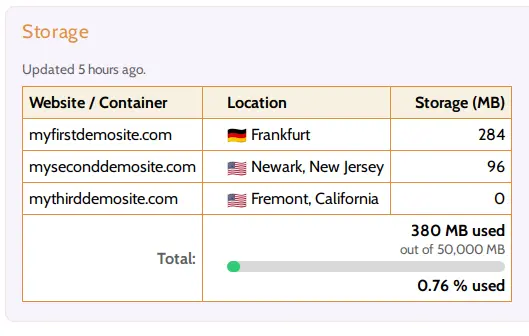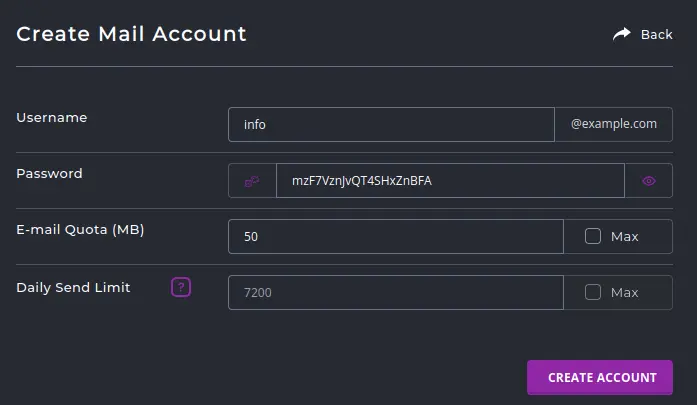So you have your new website ready, and want to start generating some organic traffic? If you are reading this article, you have possibly already found it difficult to generate organic traffic. Well – you shouldn’t be surprised. Unlike paid traffic, you do not have control over quantity, quality or timing. Search engines themselves can often take weeks to crawl pages. You could see only a small trickle of traffic for months, and suddenly a single content piece can become a hit or go viral.
And let’s not forget – it’s 2023. Algorithms on social media platforms demote outbound links. Google and search engines favor larger established websites. And advanced AI such as ChatGPT have added an entire dimension to this problem.
So how does one go about generating traffic to a new website in 2023? Here are the 5 steps I believe will continue to work in 2023:
1. Create the highest quality content
Publishing valuable, informative, and engaging content on your website is the best way to attract organic traffic. This has been the case since the beginning of search engines and the internet, and this phenomenon is unlikely to change.
A common question many have these days is that if content creation tasks may be automated or partially automated by artificial intelligence (AI) such as ChatGPT in the future. To put it simply, it is unlikely that AI will completely replace the need for human content creators. AI will be used to assist with speed of content creation, since it is great at generating text. However, it is unable to fully replicate the creative and intuitive processes involved in content creation.
As a content creator, your key skills are in identifying content gaps, developing content ideas, telling stories, and creating compelling visuals. These are skills a machine simply cannot replicate, since the responses it generates are based on available content that have been created by humans with the skills I just mentioned. However, the ease of content creation makes the bar for quality much higher. Low quality content will simply no longer make it.
It is thus, most important as a content creator to find the right opportunity, and publish the right content. This includes identifying the correct content media – be it blog posts, articles, info-graphics, videos, games, quizzes, tools or other types of content that provide value to your target audience.
Never forget the basic principle that if you create great content, the big search engines and social media giants are equally desperate to have it on their platforms.
2. Promote your content
Once you have created high-quality content, it’s important to promote it to attract visitors to your website. If you have an existing email subscriber list or an active social media following, this can get easier. While a lot of creators have alleged that Facebook and Instagram actively ‘demote’ links to other blogs, it is important to realize that Facebook and Instagram are far less important in 2022 than they were in 2015.
Users are also spending a lot of time on other platforms such as Youtube and TikTok. More importantly, video and podcasts have become extremely important. A great way to promote your content would be to ask a podcaster in your niche to review or comment on an interesting piece of content you have created. But ultimately you have to get creative. For instance – a simple and easy way to promote your content would be by sharing snippets as short videos (‘shorts’), which attracts views. And many viewers will go on to check out your full content, based on the snippets.
Another channel to keep in mind are chat groups. Chat apps are where users are spending a lot of time in 2023, and great content often goes viral on these platforms.
If you are confident your content is great, don’t hesitate to direct some paid traffic towards it. Pages with traffic do ultimately rank higher on search engines.
3. Optimize your website for search engines
Also known as ‘On Page SEO’ – this method is all about making sure that your website is structured and organized in a way that makes it easy for search engines to understand and index. Some of the key items to consider here are your page’s meta attributes (title tags, description tags), and your internal linking structure.To help crawlers, you also want to typically maintain a sitemap. If your website has additional attributes such as it being a local business, it is super critical to update your business’s details with search engines such as Google. Modern frameworks such as schema markups, allows you to share additional information with search engines as micro-data – which could include information about your products or services, or answers to questions that users might find helpful.
This is one of the key reasons why WordPress is such a great choice for a website, since most of these optimizations are easy to set up with WordPress. There are popular plugins to make on-page SEO as simple as filling up various fields. WordPress also has inbuilt functionality and plugins to support schema, generate sitemaps and most popular themes come in-built with tried-and-tested internal linking structures.
4. Build high-quality back-links
Having other websites link to your website can also help to drive organic traffic. This is because search engines view backlinks as a sign of the quality and relevance of your website. To build high-quality backlinks, you can reach out to other websites and bloggers in your industry and ask them to link to your content or website. Guest posting is another common tactic – where you post content on someone else’s website as a guest, and the post redirects the readers (and crawlers) to your website. However – a word of caution for those who aren’t aware – search engines penalize paid backlinks and have sophisticated algorithms to catch websites that buy or sell back links. As much as possible, we will recommend avoiding paying for back links – particularly low quality ones.
5. Optimize your website’s loading speed and user experience
A fast-loading and easy-to-use website will improve the overall user experience and can help drive more organic traffic. This includes using a proper cache, using a content delivery network (CDN), optimizing heavy assets such as videos and images, and minimizing the use of large and unnecessary files. Many of your users might be browsing on mobile device, and it is critical to have a UX that works on most devices and screen sizes. Using high quality WordPress themes and templates is often a simple solution here, since most popular themes and templates are tested by the designers to work on all screen sizes. As a small team, you might find it difficult to test your website on all screen sizes.
By implementing these tactics, you can generate organic traffic to your website and attract more visitors. The key here is that consistency, quality and discipline wins over spamming. High quality content ensures you will reach out to high quality customers. Exactly what every business needs.
If you have found other ways to generate free traffic or have other feedback, please let us know in the comments section below.



